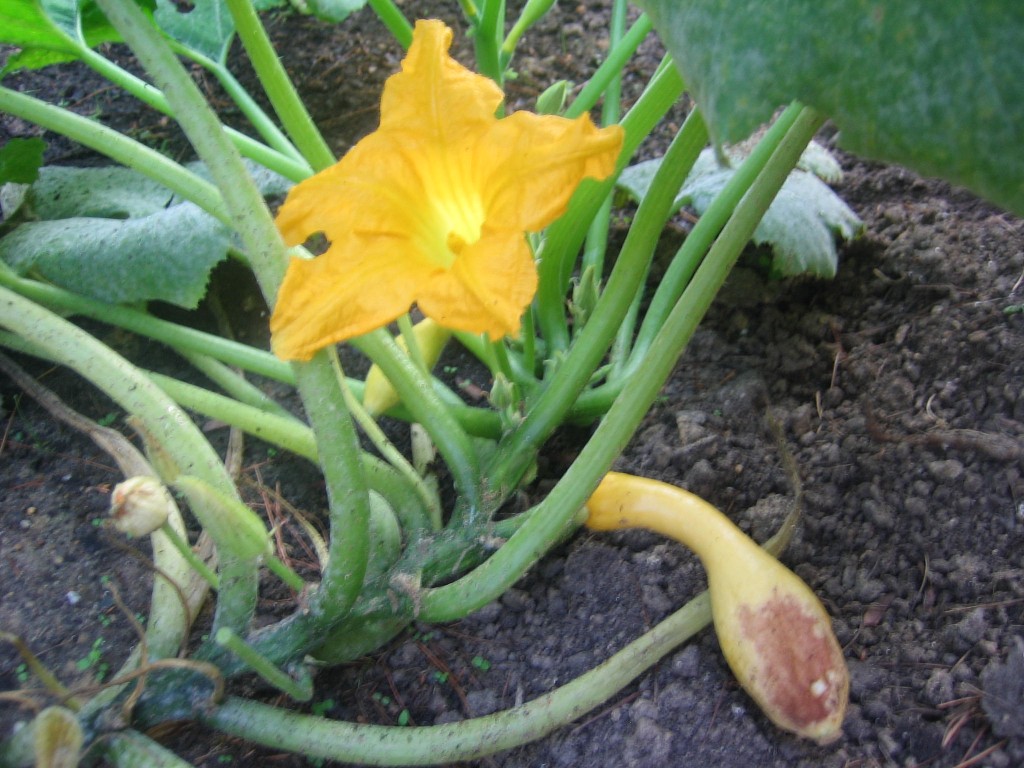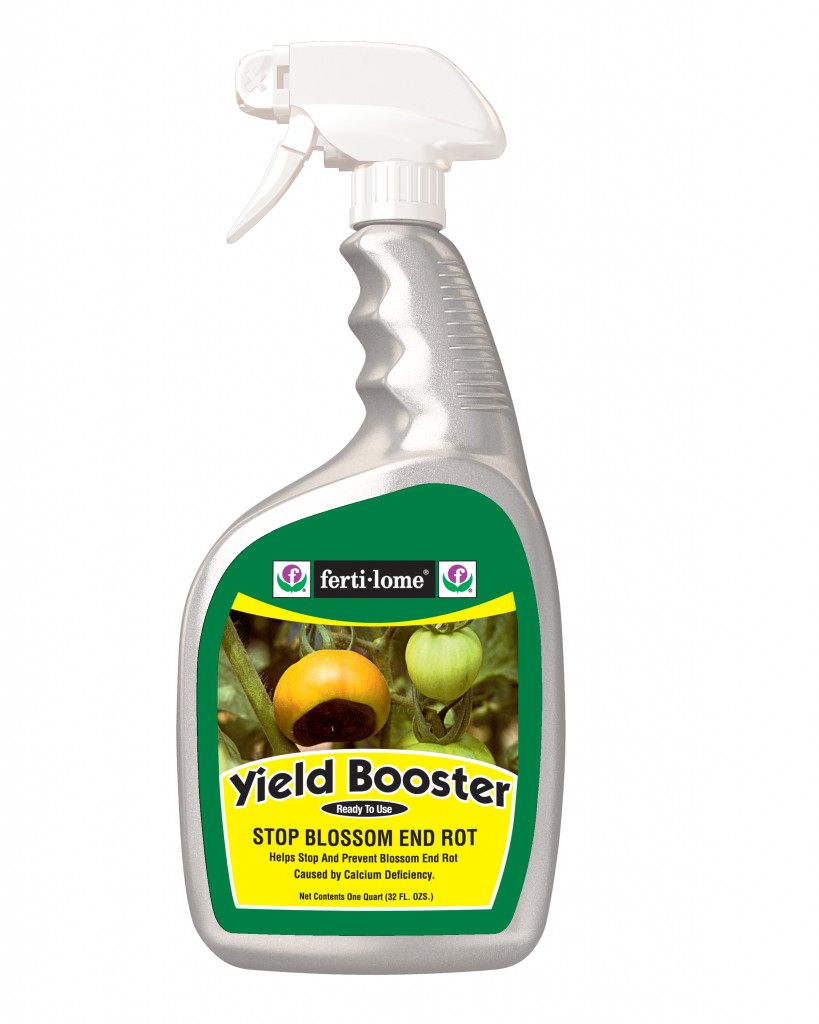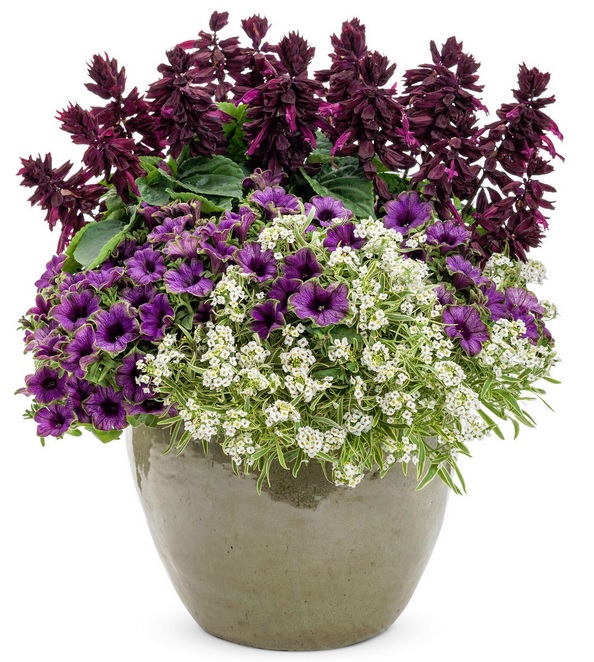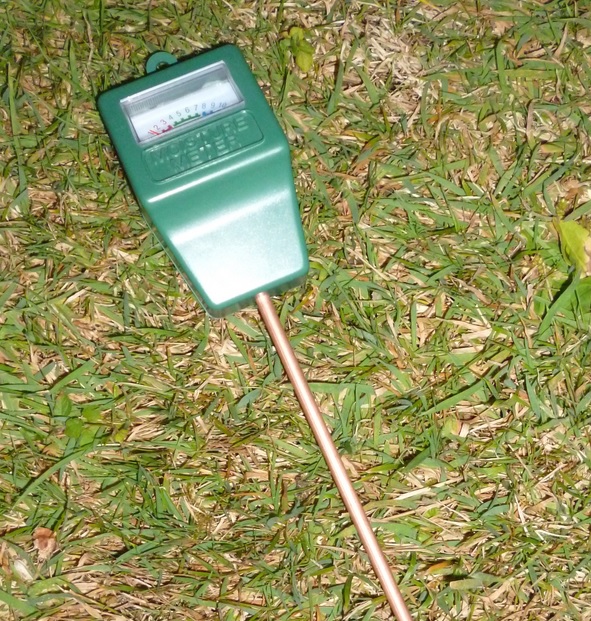Most gardeners have heard of blossom end rot, or experienced it firsthand. The telltale sign is a big brow/black soft spot developing on the bottom of tomatoes, peppers and eggplant. It can also be seen on other vegetables, although it tends to offend us most when it happens to our tomatoes. After all, we’ve spent a lot of time growing and anticipating those luscious, juicy fruits. The disappointment to our taste buds is nearly inconsolable. Fear not, there is no need to throw in the trowel. A little bit of TLC can prevent it from affecting later fruits.

So, what is it? Blossom end rot is technically the result of calcium deficiency. Now, I know you probably think I’m off my rocker. After all, our soils have plenty of calcium. But there are a number of factors that can inhibit the plant’s ability to translocate the calcium. In other words, it’s not really the lack of calcium, but that the plant is unable to make use of it.

The most common causes for blossom end rot is entirely related to environmental and cultural conditions. When there is excessive moisture, as in our recent rains, followed with an increase in temperatures and a quick dry out, it’s the perfect storm, so to speak. Voila! Soft, water soaked brown patches appear on the bottom of the fruits.

Ferti-lome Yield Booster is a handy spray that staves off damage to future fruit set. While those that already show the damage cannot be saved, Yield Booster can protect those fruits yet to come. So there’s no need to worry. We just have to exercise a little more patience. It’s easy to use. A word of caution…spray in the cool of the evening or in the very cool morning hours, allowing enough time for the spray to dry before the sun hits it. Plants sprayed in the heat of the day, in the peak of the sunshine, often suffer foliar damage. This is true, whether you are applying foliar fertilizers or other chemical treatments. Be sure to amend the soil further this fall and next spring before planting to improve drainage, as well. Soil that compacts easily tends to hold excessive moisture levels longer than the plant can endure.
Rest assured, there’s no need to give up on your dreams of delicious, tasty tomatoes!



